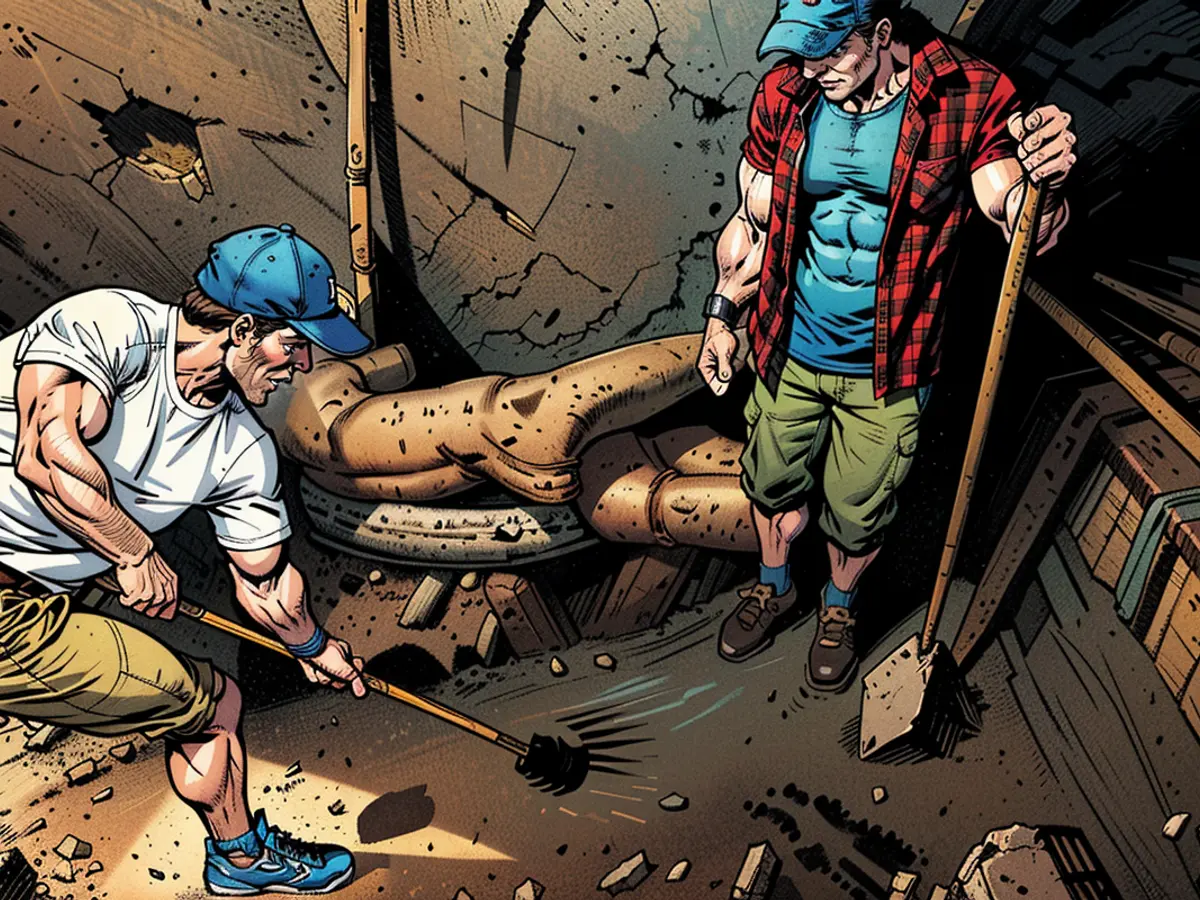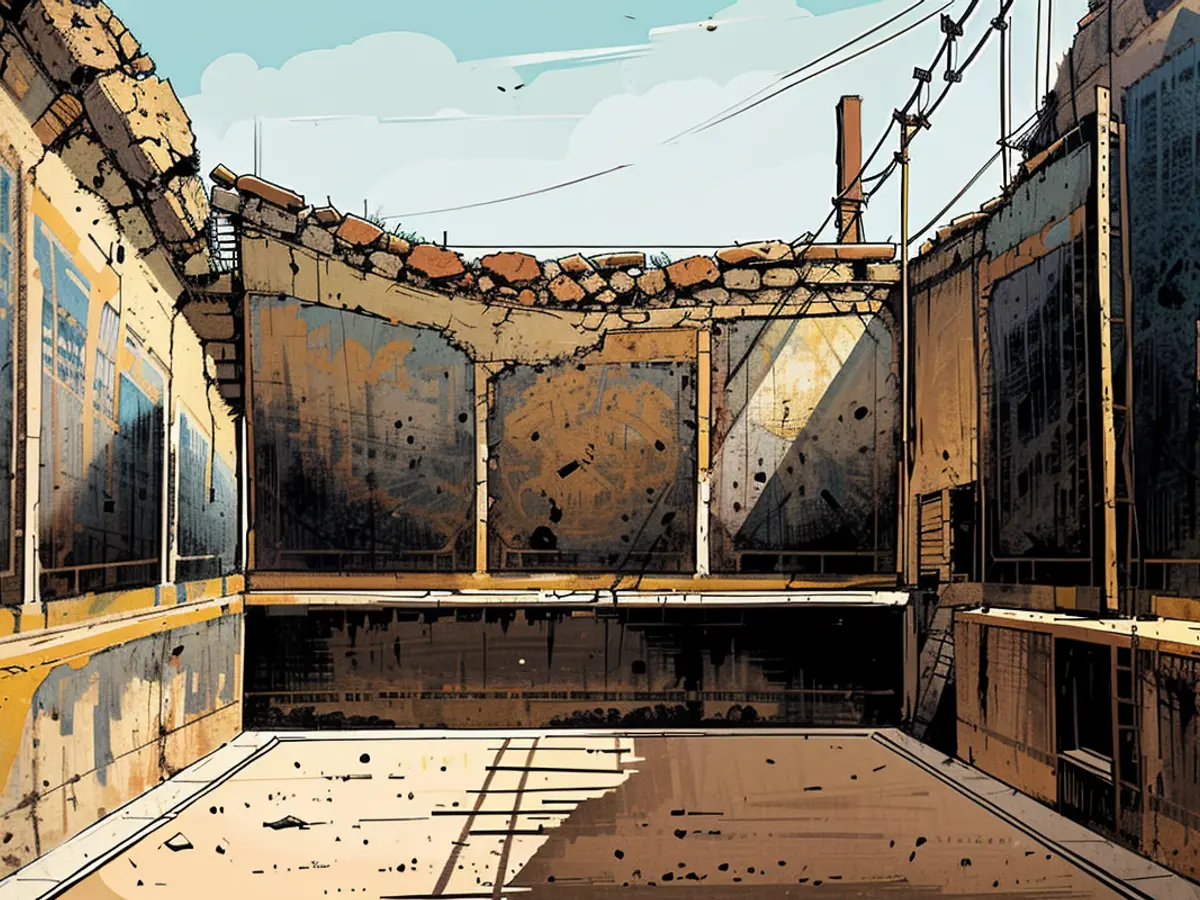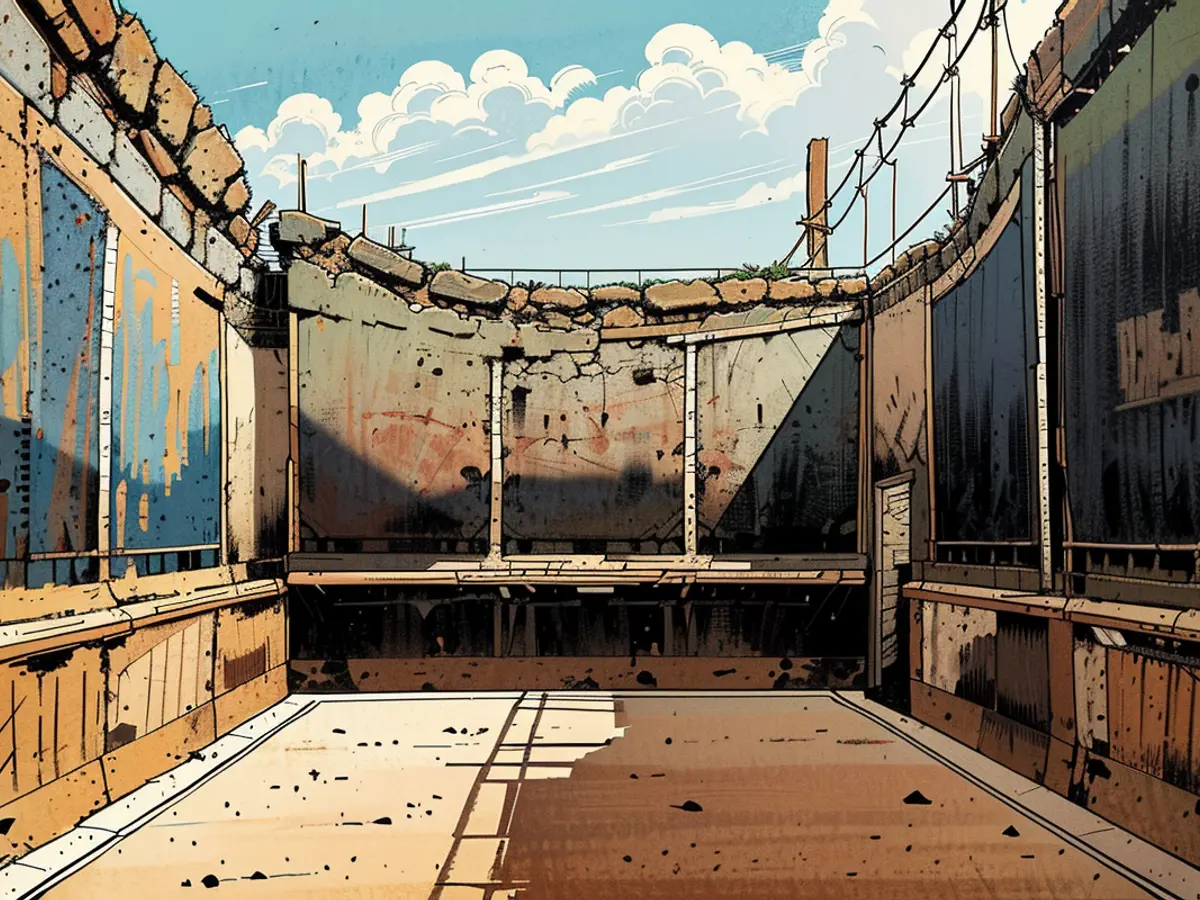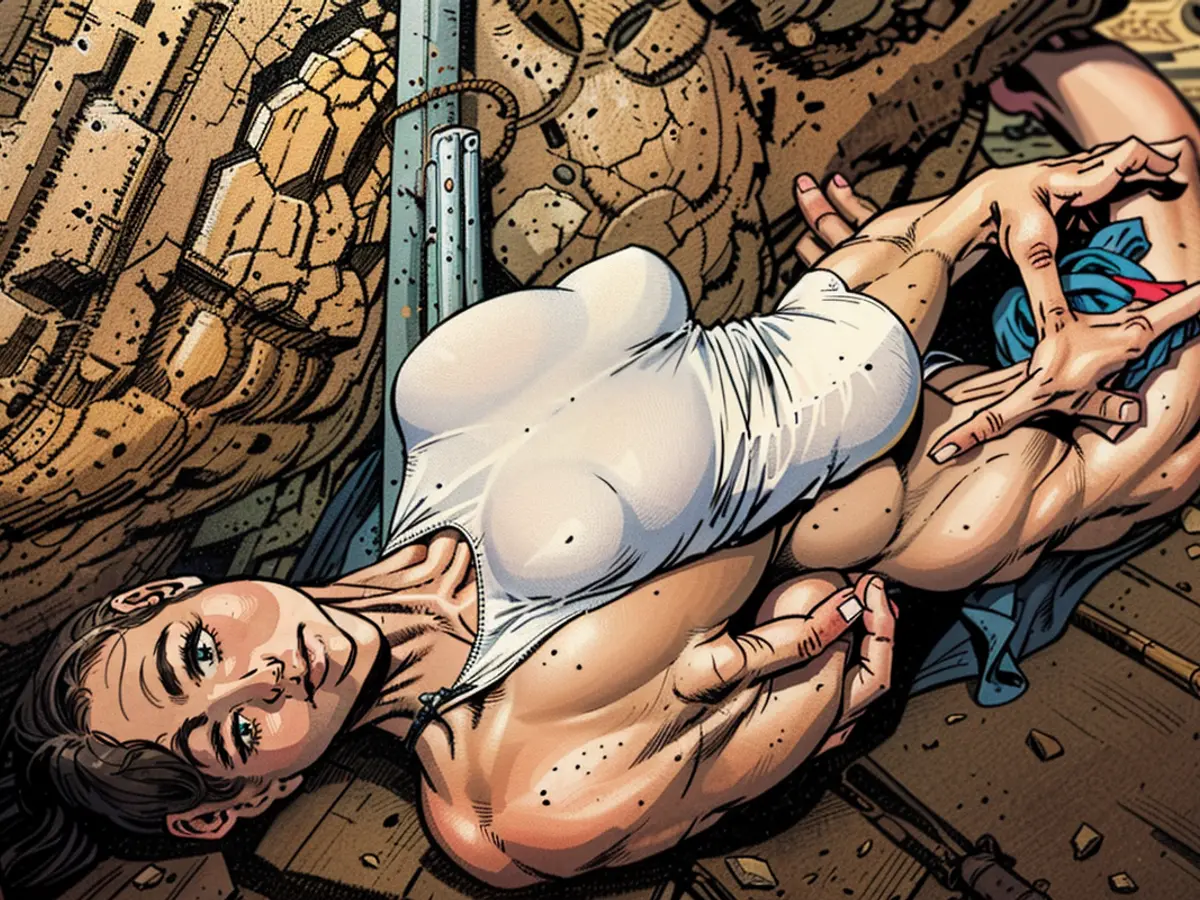Archaeologists find marble god statue in ancient Roman sewer
The discovery of the 6.8-foot (2-meter) tall statue was made during excavation work at the site of the ancient city of Heraclea Sintica in southwestern Bulgaria, which lies close to the Greek border.
Archaeologists leading the work said that after an earthquake devastated the sprawling city in about A.D. 388, the statue had been carefully placed in the sewers and covered with soil, explaining its good condition.

“Its head is preserved. (It’s in a) very good condition. There are a few fractures on the hands,” said Lyudmil Vagalinski, who led the team of archaeologists, adding that the statue was a Roman copy of an ancient Greek original.
Heraclea Sintica was a sprawling city founded by the ancient Macedonian king Philip II of Macedon, between 356 B.C. and 339 B.C. in what is now the Bulgarian region of Pirin Macedonia.
Archaeologists say that the people of the Heraclea Sintica likely attempted to preserve the statue, even after Christianity was adopted as the official religion in the Roman Empire.

“Everything pagan was forbidden, and they have joined the new ideology, but apparently they took care of their old deities,” he said.
After the earthquake, the Heraclea Sintica fell into a rapid decline and was abandoned by around A.D. 500.
The statue's unique style, reminiscent of ancient Greek arts, was evident even after centuries buried. Despite the adoption of Christianity as the official religion in the Roman Empire, the people of Heraclea Sintica continued to show respect for their ancient deities, as seen in their efforts to preserve the statue.









